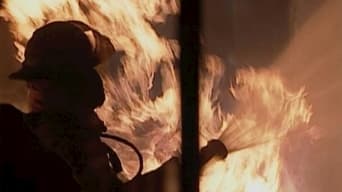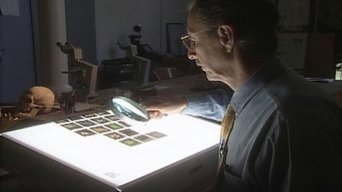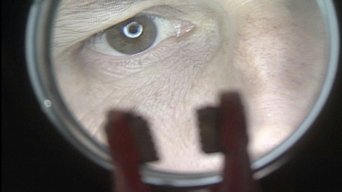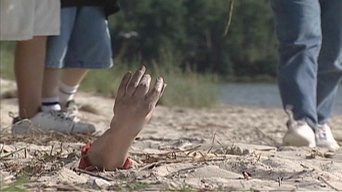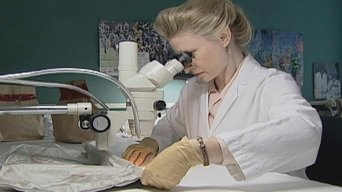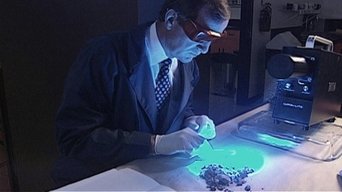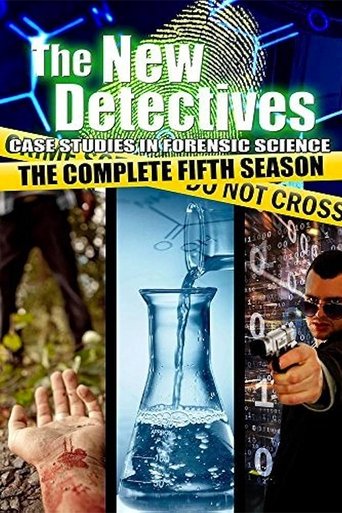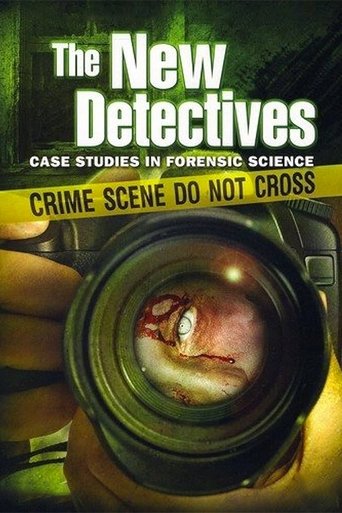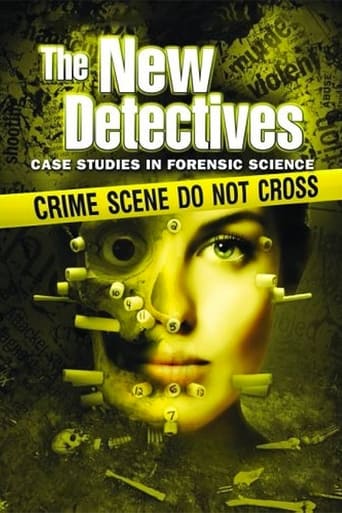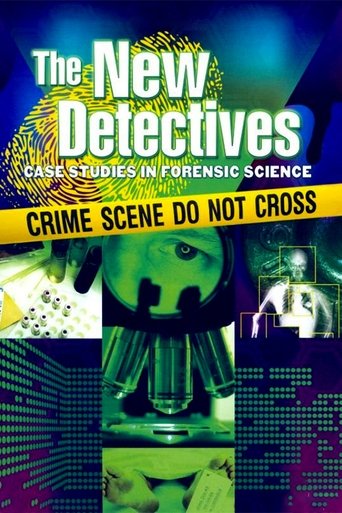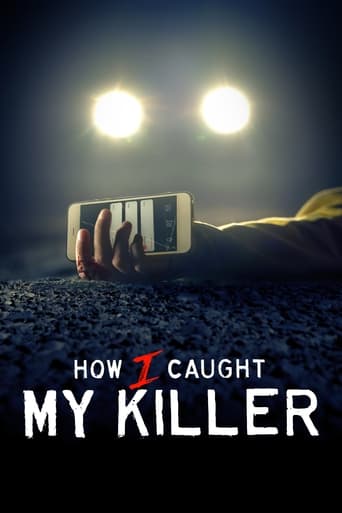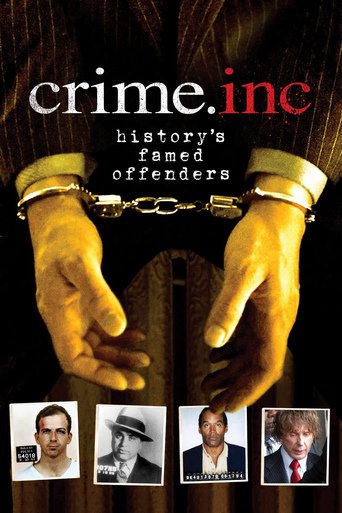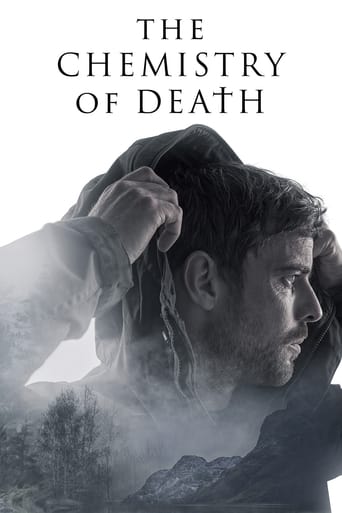The New Detectives Season 3
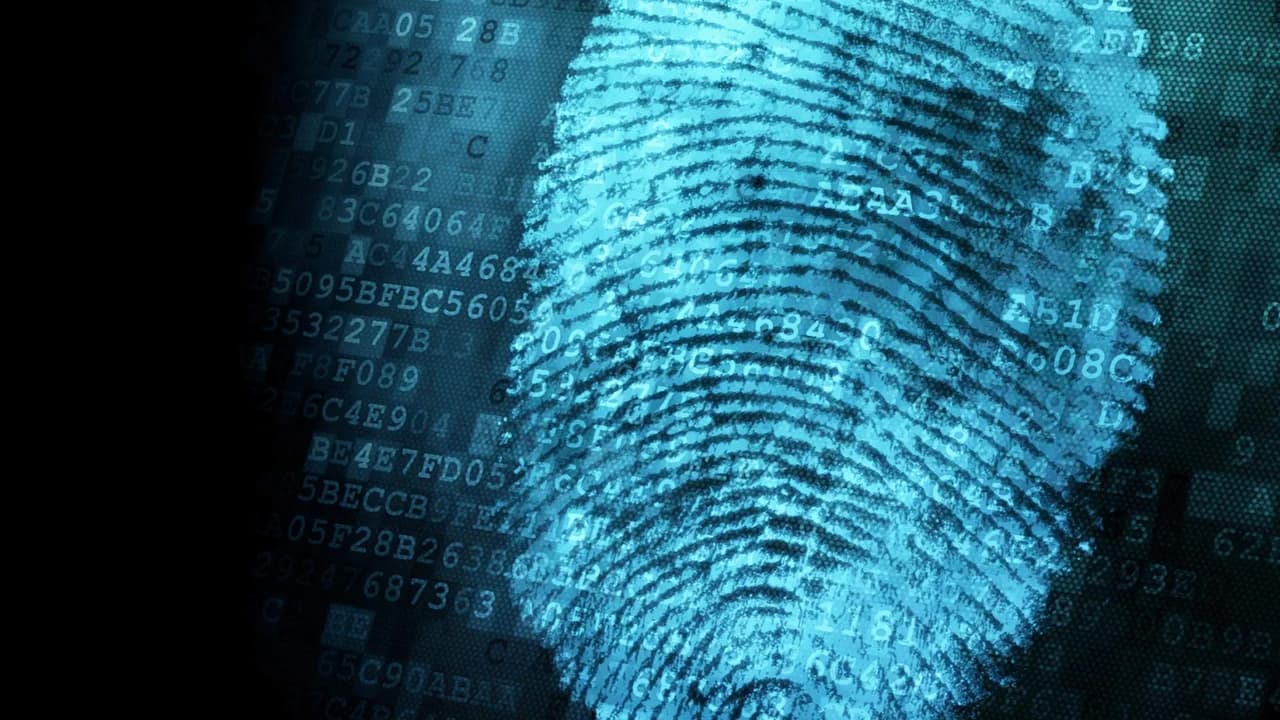
The New Detectives: Case Studies in Forensic Science is a documentary true crime television show that aired two to three different cases in forensic science per episode.
Watch NowWith 30 Day Free Trial!
The New Detectives
1996 / TV-PG

The New Detectives: Case Studies in Forensic Science is a documentary true crime television show that aired two to three different cases in forensic science per episode.
Watch Trailer
With 30 Day Free Trial!
The New Detectives Season 3 Full Episode Guide
Because of new technologies, terrorism is a growing international threat. With the expertise of bomb squads, chemists and tool mark experts, bombs are deactivated and criminals are caught.
Insurance torchings, mob burnouts and arson murders: these crimes are designed to take all clues with them. But a case can be built from ashes. Arson investigators do everything from gathering physical evidence to mounting undercover operations.
Investigators are always on the cutting edge of new forensic techniques that can help them solve cases more accurately. Advanced techniques allow crime solving to take on a new dimension, providing safer and more efficient ways to capture criminals.
Advancement in science and technology are encouraging people to revisit the past in hopes of answering questions that have remained unanswered. Techniques from the 20th century are applied to cases dating back as far as ancient times.
A tool used to commit a crime can often be the same tool used to solve it. The pattern a machine leaves on an item, the unusual way a tool crimps a wire and even something as innocuous as the shape of a wood chip can lead to a killer.
While drugs can cure disease and ease pain, they can also be agents of murder. Toxicologists can examine blood and tissue to uncover cases where death is not as natural as it may seem – from slow arsenic poisoning to quick cocaine overdoses.
Plants help provide oxygen and nutrients for existence. In criminal investigations, a simple seedpod can provide the missing link by placing a suspect at a crime scene. Dirt left on shoes, tires or clothes can pinpoint a crime scene.
Observing how the smallest bits of forensic evidence, such as carpet fiber or an eyelash, can seal a case. Included: how strands of hair indicted a killer.
It is difficult to convict a murderer if the body can’t be found, but forensic science is finding ways to do it. A speck of blood, a piece of a fingernail or a strand of hair may now be enough evidence to prove a murder and capture a killer.
Forensic psychologists delve into the minds of serial killers, explaining why, most often, they can be a friendly neighbor or a tenacious co-worker – the ones who hide their darkness better than anyone else.
Free Trial Channels
Seasons






